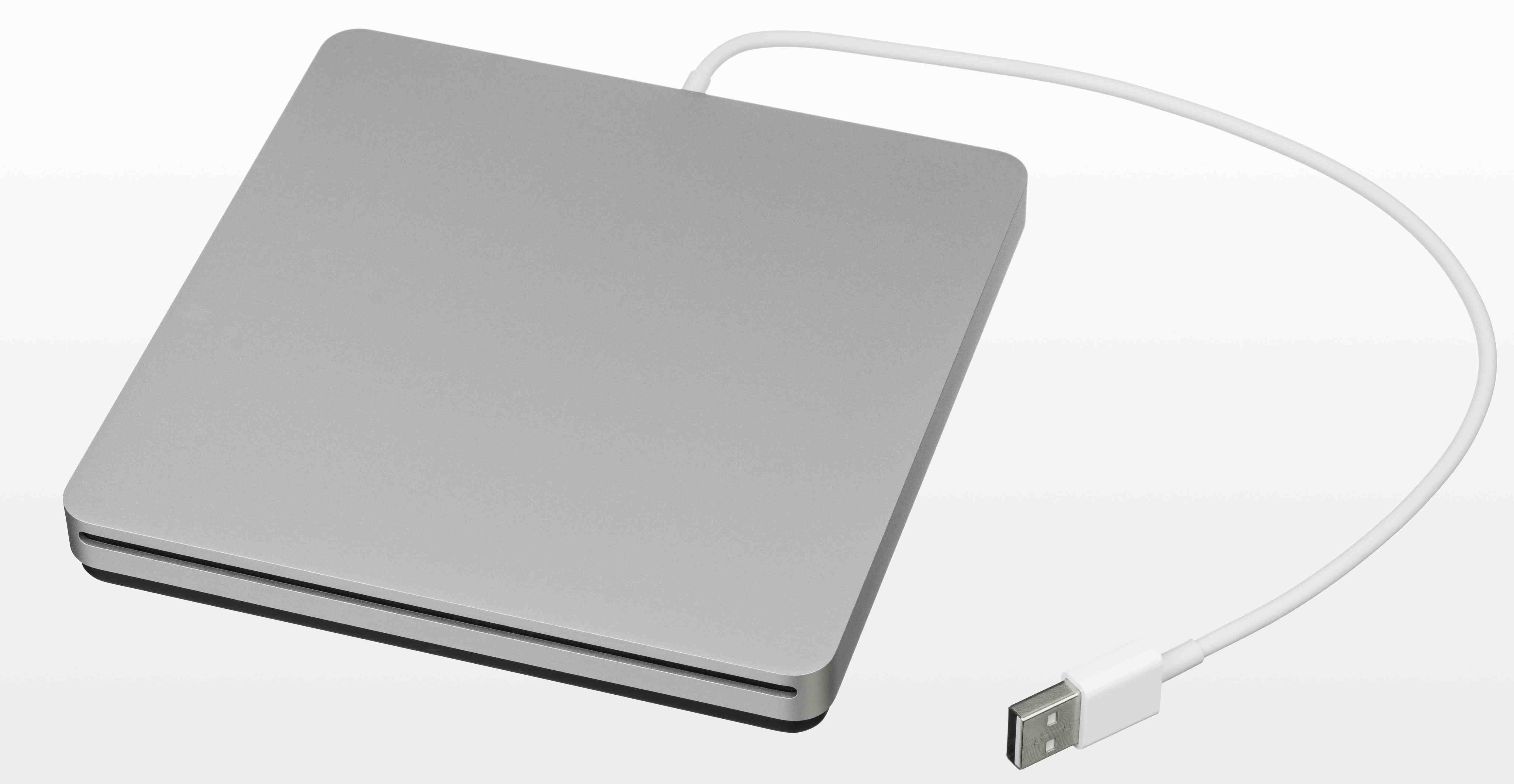

If you have a newer computer with a processor that supports TPM, you’re good to go and the process will start. To get started, all you have to do is click on Turn On BitLocker. You’ll see a list of all your partitions and drives listed on the main screen. Open the Control Panel in Windows and click on BitLocker Drive Encryption. Now let’s talk about actually enabling BitLocker. If someone, even the police, can get access to that paper, they can decrypt your entire hard drive. Never print a backup key on paper and store it somewhere. This is not as secure as using TPM with a PIN or TPM with a USB key or TPM with both a PIN and a USB key.Ĥ. Older computers that don’t support TMP can only use the USB key authentication mechanism. The PIN is a password that has to be entered by the user before the booting process.ģ. For the greatest security, you want to use TPM plus a PIN. There are three authentication mechanisms in BitLocker: TPM (Trusted Platform Module), PIN, and USB key. BitLocker works on the Ultimate and Enterprise versions of Windows Vista and Windows 7 and on the Pro and Enterprise versions of Windows 8 and Windows 8.1.Ģ.

Before we get into how to enable BitLocker, there are a couple of things you should know first:ġ. In Windows Vista, Windows 7 and Windows 8, you can turn on drive encryption by enabling BitLocker. The TrueCrypt team even recommends using BitLocker as it can do pretty much everything TrueCrypt was able to do. The program had been one of the most popular for encrypting your hard drive, but now that it is no longer supported, we don’t recommend using it. Previously, I had written about using a program called TrueCrypt, but it seems the project has been discontinued for various reasons.


 0 kommentar(er)
0 kommentar(er)
